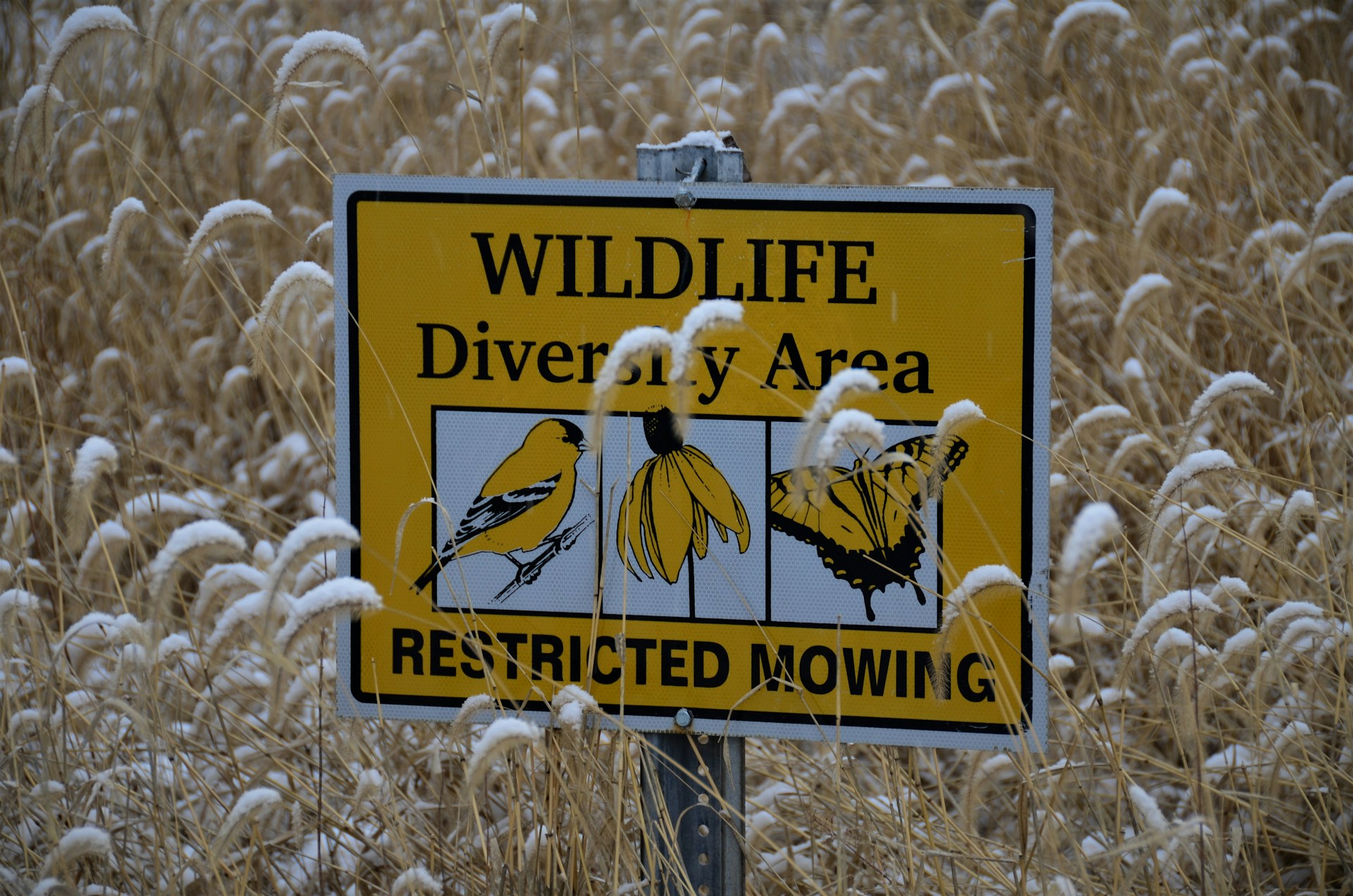When it comes to wildlife encounters, misconceptions abound—often fueled by sensationalized media portrayals, outdated advice passed through generations, or simple misunderstandings about animal behavior. These myths can be more than just harmless misbeliefs; they can lead to dangerous situations for both humans and wildlife. Whether you’re hiking through bear country, swimming in ocean waters, or simply enjoying your backyard, understanding the truth behind common wildlife myths can help ensure safe and respectful interactions with the natural world.
In this comprehensive guide, we’ll debunk some of the most persistent myths about wildlife encounters and provide science-backed information to help you stay safe while appreciating wild animals from an appropriate distance.
Myth 1: Playing Dead Works for All Predator Encounters

Perhaps one of the most dangerous myths is that playing dead is a universal strategy for surviving predator attacks. In reality, the effectiveness of this tactic varies dramatically depending on the species you’re encountering. Playing dead may work with some brown or grizzly bear attacks, particularly defensive ones where the bear feels threatened. However, this same strategy could be fatal during encounters with mountain lions, wolves, or black bears, which might see a motionless human as an easy meal.
Wildlife experts recommend species-specific responses: for mountain lions, make yourself appear larger, maintain eye contact, and fight back if attacked; for black bears, fight back aggressively; and for grizzlies, playing dead is only recommended as a last resort during an actual attack, not during a mere sighting.
Myth 2: Running Away Is the Best Escape Strategy

The instinct to flee from danger is deeply ingrained in human psychology, but when it comes to wildlife encounters, running is often the worst response. Running can trigger predatory chasing instincts in many animals, including bears, wolves, coyotes, and mountain lions. Even non-predatory animals like moose or bison may chase a running human out of territorial defense. The sudden movement of running may also startle an animal that might otherwise have remained calm.
Instead of running, wildlife experts recommend backing away slowly while facing the animal, maintaining a non-threatening posture, and speaking in a calm, firm voice to announce your human presence. This controlled retreat gives both you and the animal space to disengage from the encounter without escalation.
Myth 3: Wildlife That Approaches Humans Is Rabid
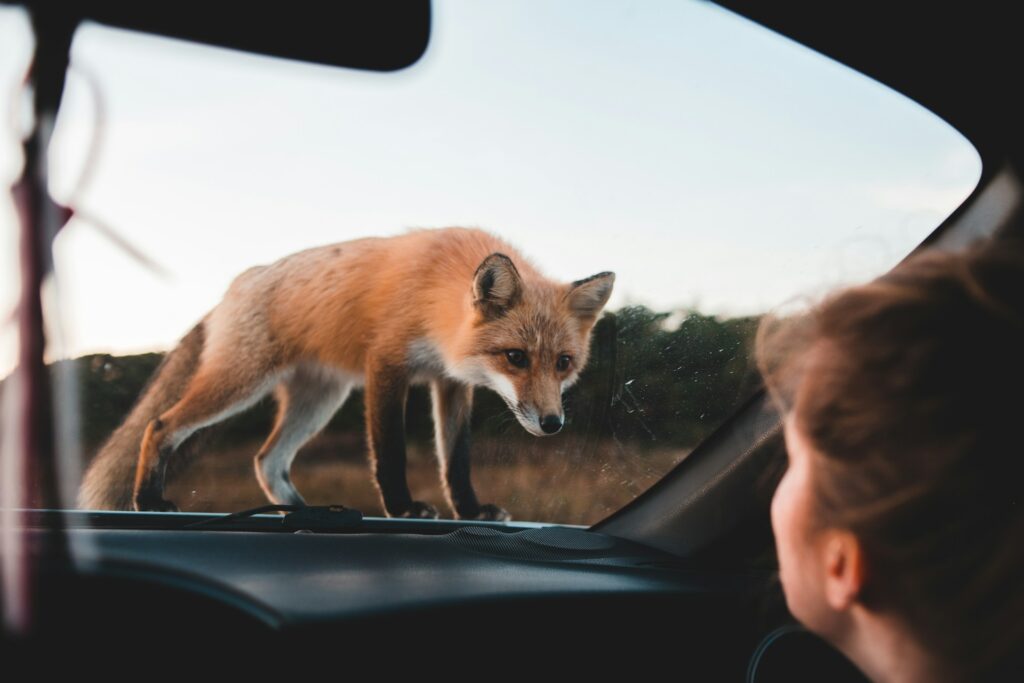
There’s a persistent belief that any wild animal that approaches humans must be diseased, particularly with rabies. While it’s true that unusual boldness can be a symptom of rabies, there are many other more common explanations for wildlife approaching people. Animals that have been fed by humans often lose their natural wariness and approach people looking for food handouts. Young animals may be more curious and less fearful of humans than adults. Some urban-adapted wildlife have simply become habituated to human presence.
Additionally, animals may approach people if their natural habitat is disrupted or if they’re confused or disoriented. While it’s always wise to maintain caution around wildlife that approaches unusually close, jumping to conclusions about rabies can lead to unnecessary fear and potentially harmful responses toward animals that are simply adapting to human-altered environments.
Myth 4: Mother Birds Will Abandon Babies Touched by Humans
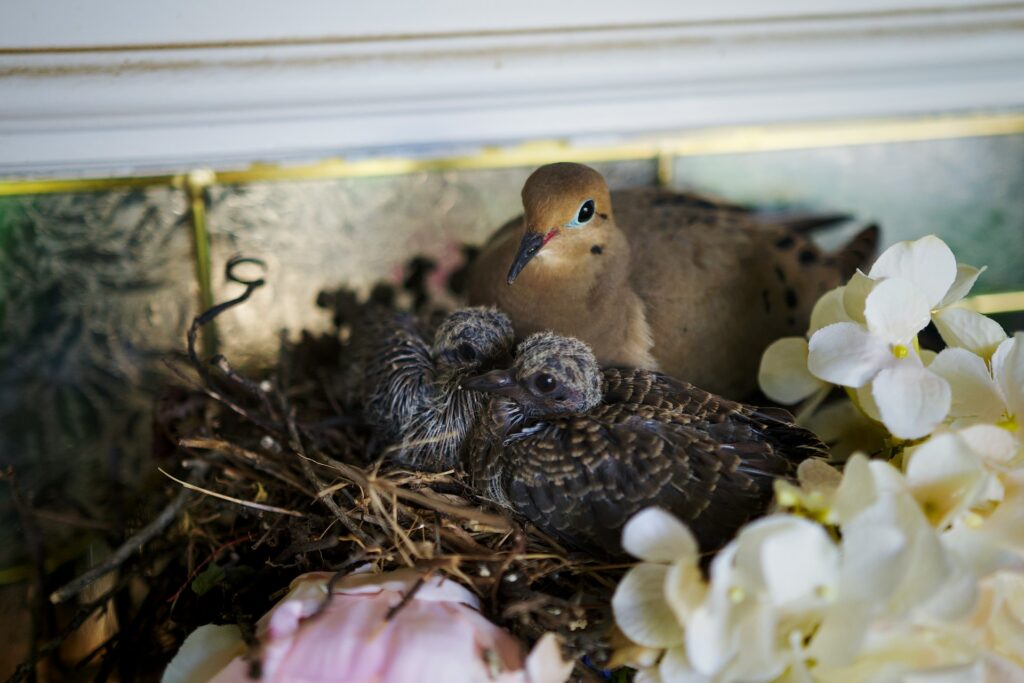
The notion that bird parents will reject their offspring if they detect human scent is one of the most widespread and persistent wildlife myths. This misconception has led well-meaning people to avoid helping fallen nestlings, potentially dooming young birds that could have been safely returned to their nests. In reality, most birds have a relatively poor sense of smell, and their parental instincts are far stronger than any aversion to human scent. Parent birds are incredibly devoted to their offspring and will continue to care for them even after brief human handling.
Wildlife rehabilitators routinely return fallen nestlings to their nests with great success rates of parental acceptance. That said, unnecessary handling of wildlife should always be avoided, so if you find a baby bird, assess whether it truly needs help before intervening—many apparent “orphans” have parents nearby.
Myth 5: Snakes Are Aggressive and Chase People
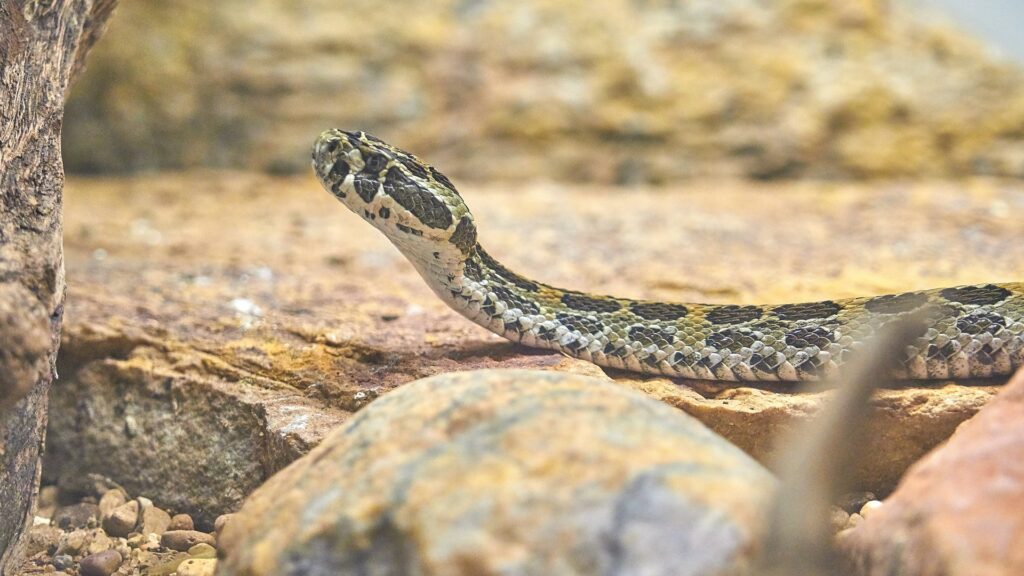
Few animals are as misunderstood as snakes, with many people believing these reptiles will aggressively pursue and attack humans. In reality, snakes are generally shy, non-confrontational creatures that would rather avoid humans entirely. What people interpret as “chasing” is almost always a snake trying to escape to safety, which might coincidentally be in the direction of a person. Snakes have poor eyesight and primarily detect movement—if a person is between them and their refuge, the snake may move toward the person while actually attempting to flee.
Even venomous species like rattlesnakes prefer to warn humans with their distinctive rattle rather than waste valuable venom on a creature too large to eat. Snake bites on humans almost always occur when the snake is cornered, stepped on, or deliberately provoked, not as a result of unprovoked aggression.
Myth 6: Sharks Actively Hunt Human Prey

Popular media has done a significant disservice to sharks by portraying them as mindless man-eaters actively seeking human victims. The reality is remarkably different: humans are not on the menu for sharks, which prefer prey items rich in fat like seals and fish. Most shark “attacks” are actually investigatory bites, where a shark is attempting to identify an unfamiliar object (a human) in its environment using the only sensory tool available—its mouth. This is why many shark bites are single strikes followed by the shark swimming away, rather than the persistent feeding behavior seen when sharks hunt natural prey.
Statistically speaking, sharks pose a minimal risk to humans, with fewer than ten fatalities worldwide annually, compared to the estimated 100 million sharks killed by humans each year. Understanding shark behavior and taking simple precautions like avoiding swimming at dawn/dusk and in murky water significantly reduces the already minimal risk of negative shark encounters.
Myth 7: Wild Animals That Seem Tame Are Safe to Approach
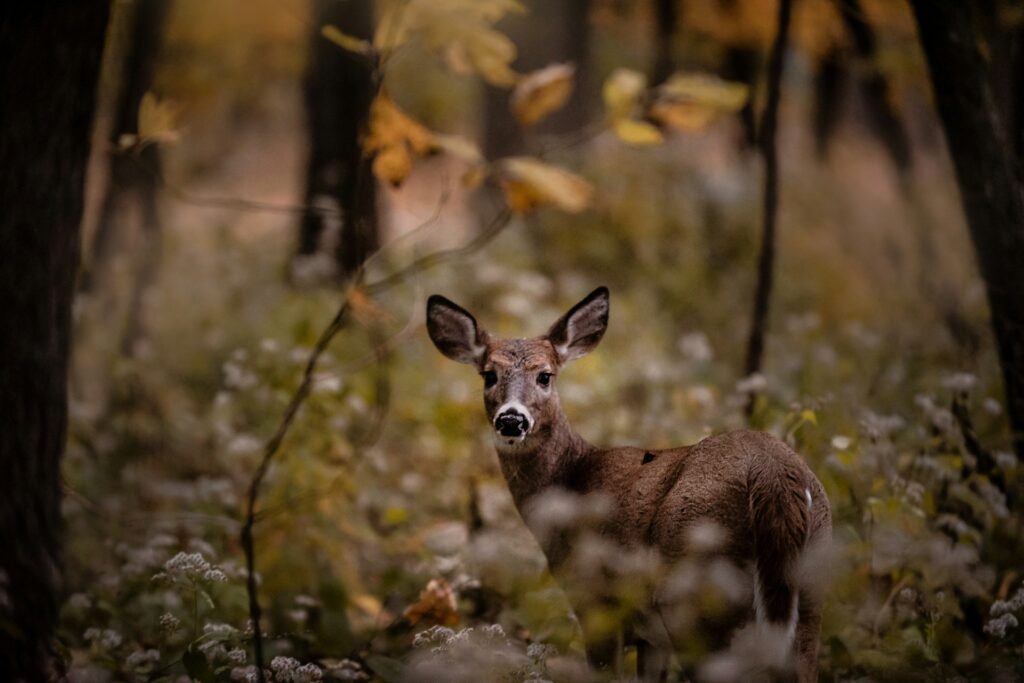
Encountering a wild animal that appears unafraid or even friendly toward humans can create a dangerous false sense of security. Many people interpret lack of fear as tameness or friendliness, when in reality, this behavior often indicates habituation, territorial defense, illness, or protection of young. Animals that have been fed by humans may approach people seeking food, but this doesn’t mean they’ve been domesticated or that they understand human boundaries and behavior. Even hand-raised wildlife retains unpredictable wild instincts.
There have been numerous cases of seemingly docile deer, bison, elk, and other wildlife suddenly attacking people who approached too closely. Wildlife management experts emphasize that all wild animals should be given space and treated with caution, regardless of how calm or approachable they may seem.
Myth 8: Making Noise While Hiking Scares Away All Wildlife

While making noise while hiking is generally good advice for avoiding surprise encounters with potentially dangerous wildlife like bears, it’s not a universal deterrent that works with all species. Different animals respond to human noise in different ways—bears and mountain lions may indeed avoid noisy hikers, but other animals might be curious, unaffected, or even attracted by unusual sounds. Moose, for instance, may not be particularly deterred by human voices, and territorial animals might perceive loud calls as a challenge.
Additionally, excessive noise can disrupt wildlife behavior and habitat use, potentially harming sensitive species or driving animals away from important resources. The most effective noise strategies involve normal-volume conversation or occasional calls rather than constant shouting or artificial noisemakers, which can cause unnecessary stress to wildlife and diminish the wilderness experience for other outdoor enthusiasts.
Myth 9: Venomous Snakes Can Be Identified by Head Shape
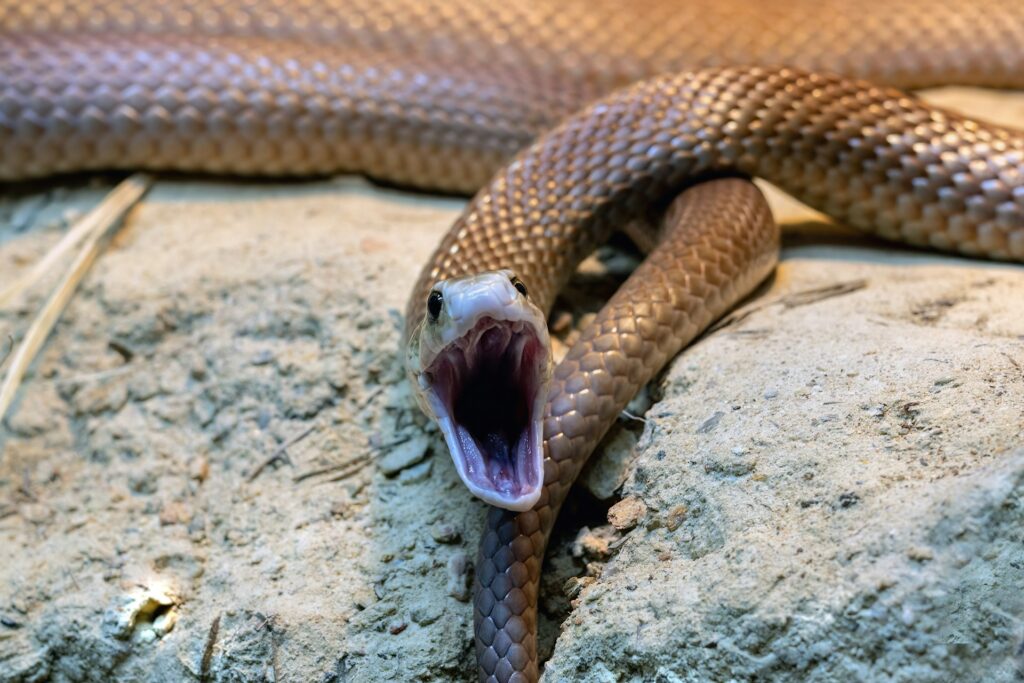
A widely circulated rule of thumb suggests that all venomous snakes have triangular heads, while non-venomous species have round heads. This oversimplification is dangerously inaccurate and can lead to misidentification with serious consequences. While many pit vipers (like rattlesnakes and copperheads) do have somewhat triangular heads due to their venom glands, coral snakes—highly venomous elapids found in the United States—have round heads similar to many non-venomous species. Complicating matters further, many harmless snakes can flatten their heads into a triangular shape when threatened, mimicking the appearance of venomous species as a defense mechanism.
The king snake, rat snake, and water snake are common examples of non-venomous species that can create a triangular head shape when feeling threatened. Proper snake identification requires knowledge of multiple characteristics, including color patterns, scale arrangements, and regional distribution—not just head shape.
Myth 10: If You See Wildlife Babies Alone, They Need Rescue

One of the most common wildlife misconceptions leads to unnecessary “rescues” of young animals that don’t actually need human intervention. Many wildlife parents—including deer, rabbits, and many bird species—intentionally leave their young alone for extended periods as a survival strategy. Deer fawns, for example, have minimal scent and remain motionless when their mothers are away feeding, which helps them avoid detection by predators. Mother rabbits visit their nests only at dawn and dusk to avoid drawing attention to their young.
Finding these babies alone doesn’t mean they’ve been abandoned—their parents are likely nearby and will return when it’s safe. Unnecessary “rescues” of these animals separate families and often lead to poor outcomes for the young animals. Wildlife rehabilitation experts advise monitoring apparently abandoned young from a distance for 24 hours before intervening, as in most cases, the parents return when humans are not present.
Myth 11: Wolves Pose a Significant Threat to Human Safety
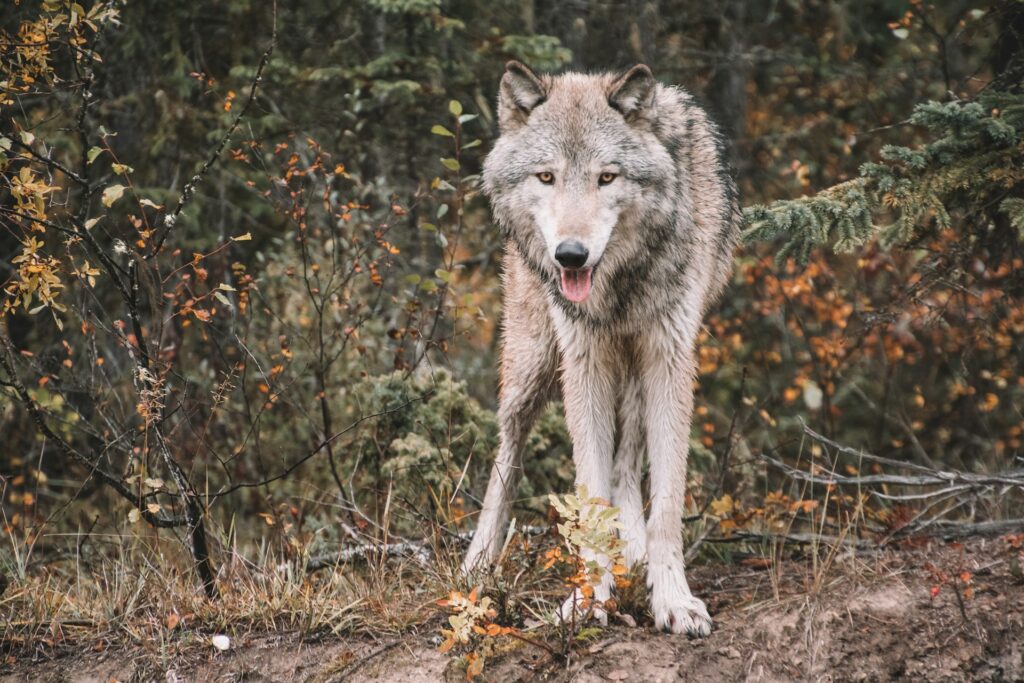
Few animals have been more mythologized in human culture than wolves, often portrayed as savage man-eaters stalking humans through dark forests. This portrayal has fueled a persistent myth that wolves pose a significant threat to human safety. Historical and scientific evidence tells a dramatically different story: verified wolf attacks on humans in North America are extraordinarily rare, with no fatal attacks recorded in the contiguous United States in the past century. Wolves are naturally wary of humans and typically avoid areas of human activity.
Most wolf-human encounters involve wolves that have become habituated to people, often through feeding or other human behaviors that break down the natural separation between species. The minimal risk wolves pose to humans stands in stark contrast to their ecological importance as apex predators that help maintain healthy ecosystems. Education about actual wolf behavior, rather than perpetuating myths, is crucial for both human safety and wolf conservation.
Myth 12: Feeding Wildlife Helps Them Survive
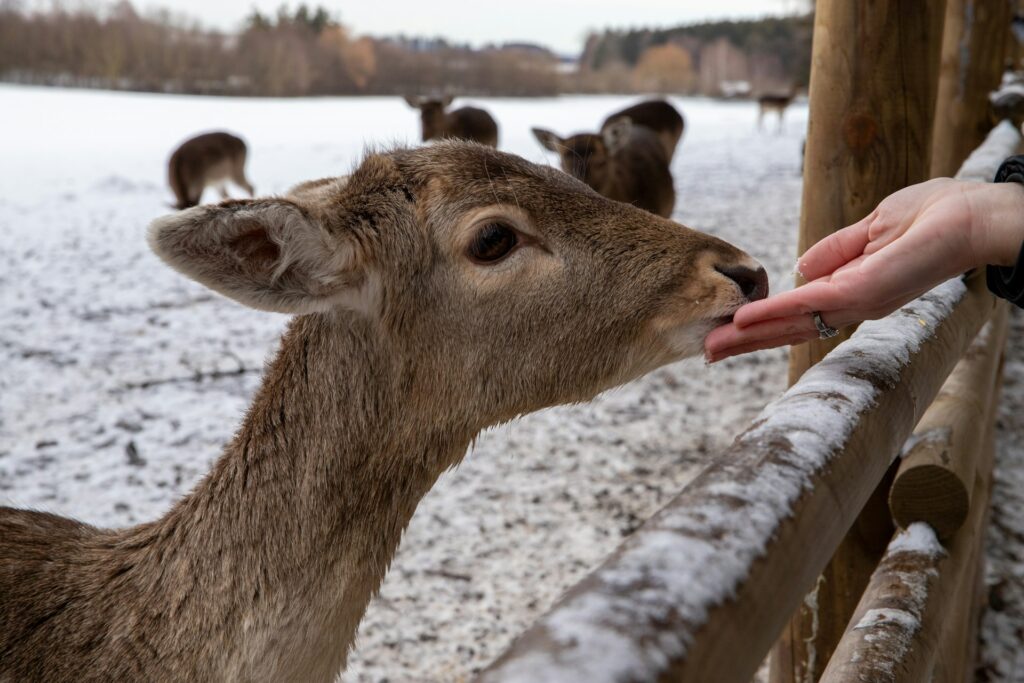
Many well-intentioned people believe that providing food for wild animals helps them survive, especially during harsh weather or in human-developed areas. However, wildlife experts and ecologists universally agree that feeding wildlife creates far more problems than benefits.
Artificial feeding disrupts natural foraging behaviors and migration patterns, creates dangerous dependencies on unreliable human food sources, and concentrates animals in unnatural densities that facilitate disease transmission. Animals fed by humans often lose their natural wariness, leading to increased human-wildlife conflicts and potentially dangerous situations. Inappropriate foods can cause nutritional deficiencies, digestive problems, and even death in wild animals accustomed to specialized natural diets.
Additionally, fed wildlife may delay migration, resulting in exposure to harsh conditions they would normally avoid. The most helpful human actions for wildlife are preserving natural habitats and food sources while maintaining a respectful distance—allowing animals to fulfill their ecological roles without human interference.
Myth 13: All Bats Carry Rabies
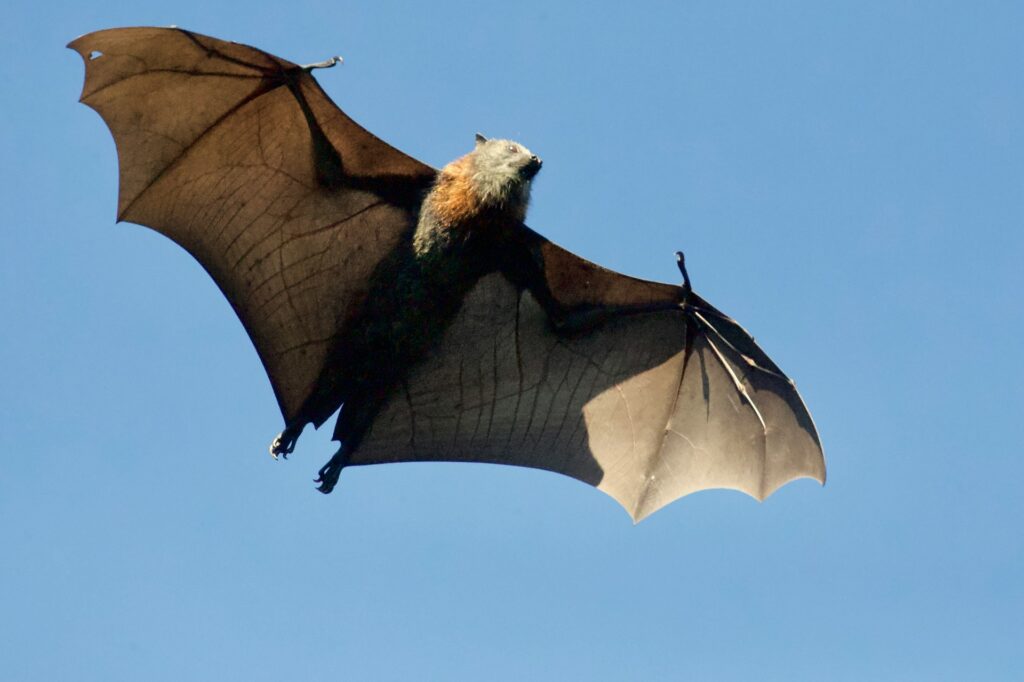
The misconception that all or most bats carry rabies has contributed significantly to bat persecution and fear, despite their critical ecological role as insect controllers and pollinators. I
n reality, scientific studies consistently show that less than 1% of wild bats carry rabies—a far cry from the “rabies reservoir” reputation they’ve acquired. Like other mammals, bats can contract and transmit rabies, but they’re not asymptomatic carriers; infected bats sicken and die from the disease just like other animals. Healthy bats actively avoid human contact and will not attack people, contrary to popular belief. Most bat-human rabies exposures occur when people handle bats—something wildlife experts strongly discourage.
The simple precaution of never touching bats with bare hands eliminates almost all risk of rabies transmission from these beneficial animals. Public education about actual bat behavior and disease prevalence is essential for both human safety and the conservation of these ecologically vital creatures.
Myth 14: Wild Animal Attacks Are Common Occurrences
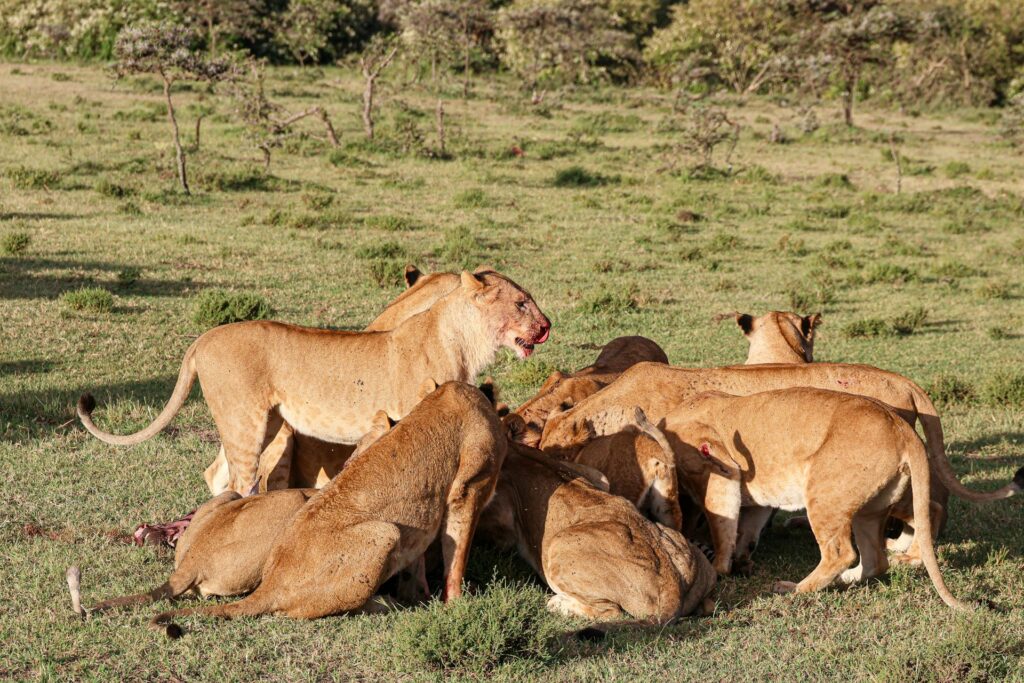
Media coverage of wildlife attacks creates a perception that dangerous encounters with wild animals are common threats to human safety. This sensationalized portrayal significantly distorts reality—fatal wildlife attacks are extraordinarily rare events in North America and most other regions. Statistically, everyday activities like driving, swimming, or even taking selfies pose far greater risks to human life than wildlife encounters.
In the United States, for example, bees, wasps, and hornets cause more fatalities annually than all large predators combined. Even in regions with potentially dangerous species like bears, wolves, or mountain lions, attacks are exceptional events that often involve unusual circumstances such as surprise encounters, wildlife habituated to humans, or defensive reactions to perceived threats to young. Understanding the actual statistical risk helps put wildlife concerns in perspective and encourages appropriate rather than fearful responses to sharing landscapes with wild animals.
Conclusion
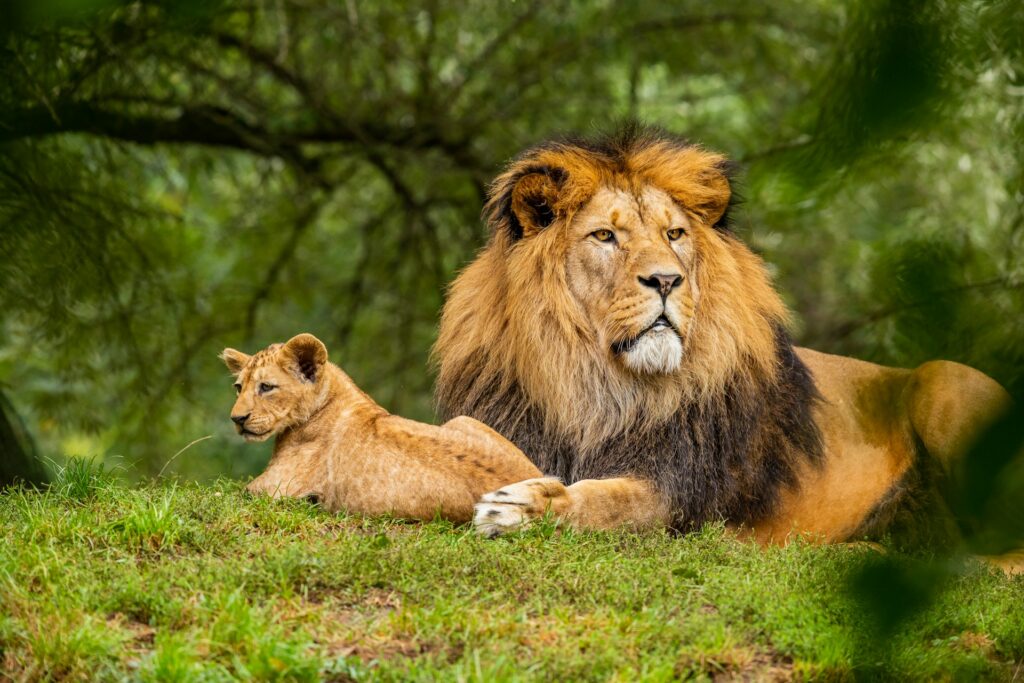
Wildlife encounters, when approached with knowledge, respect, and proper precautions, rarely result in negative outcomes for either humans or animals. By dispelling common myths and replacing them with accurate information, we can foster safer interactions and more positive attitudes toward the diverse creatures with whom we share our environments.
Remember that most wildlife wants to avoid human contact—giving animals space, properly storing food and waste, educating yourself about local species, and appreciating wildlife from a respectful distance are the cornerstones of safe coexistence. As human development continues to expand into natural habitats, these principles become increasingly important for maintaining harmony between our species and the wild world around us.

